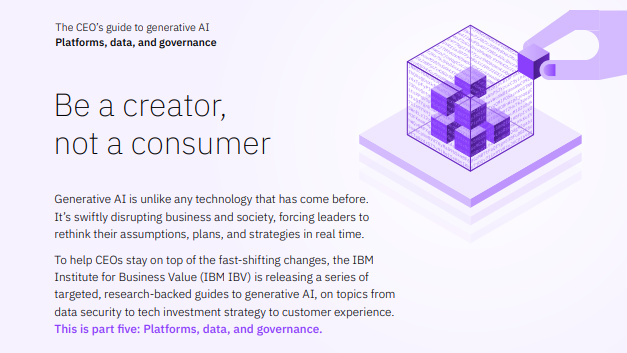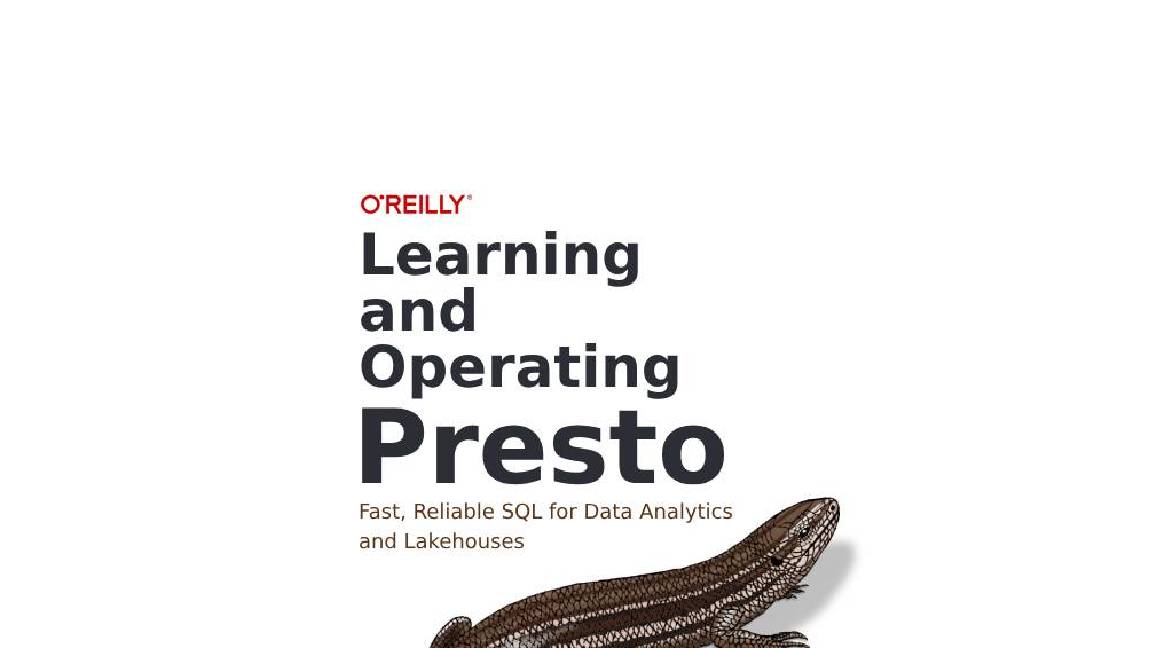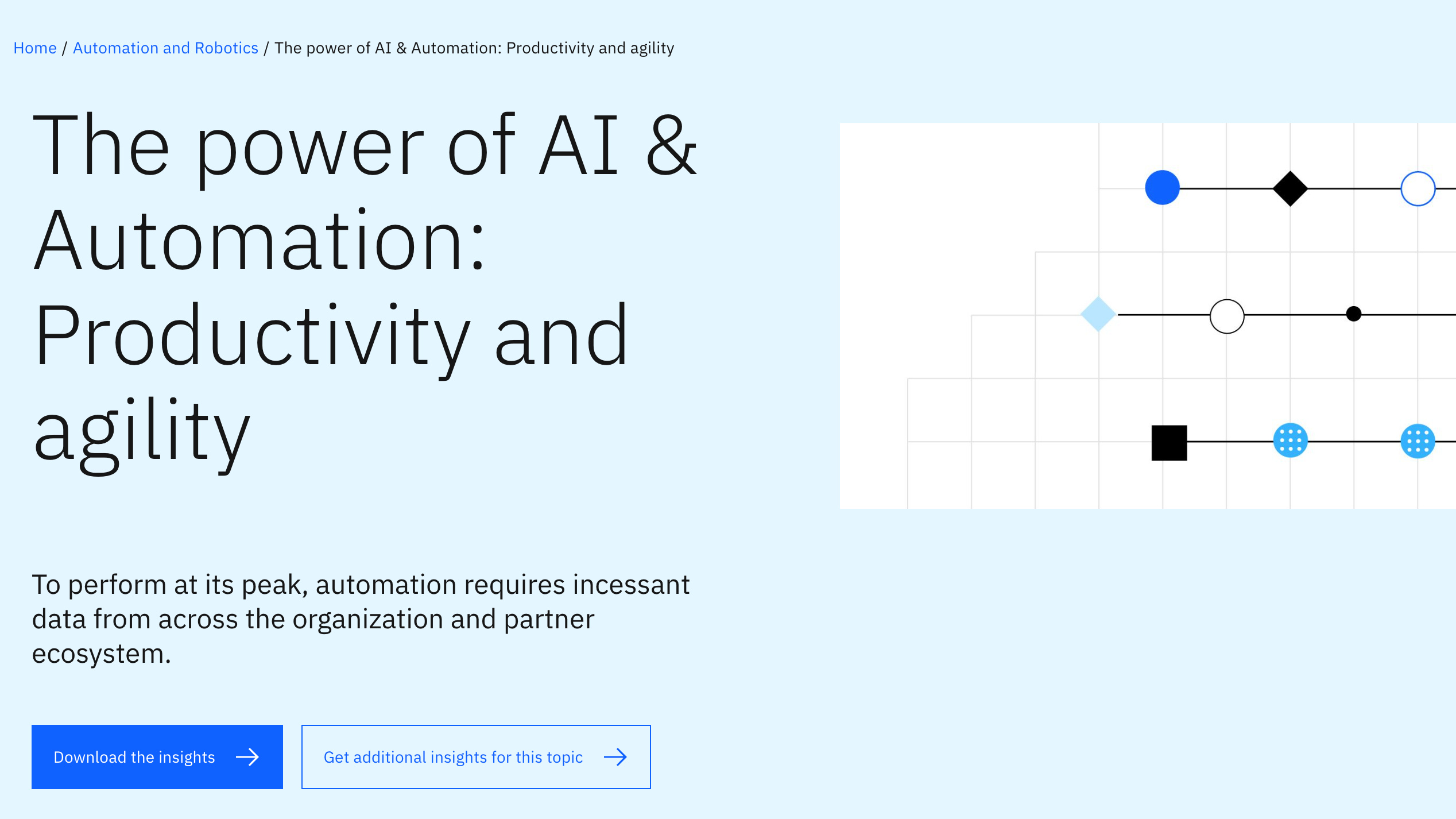NHS turns to distributed ledger tech to manage COVID-19 vaccine rollout
The technology will be used to ensure results are securely recorded and validated at pace


Hospitals in England are using distributed ledger technology (DLT) to monitor the storage and distribution of COVID-19 vaccines, alongside chemotherapy drugs and other vaccines.
By partnering with digital asset tracking firm Everyware and distributed ledger provider Hedera, the NHS hopes to ensure that critical drugs and vaccines, including various coronavirus vaccines, are distributed as efficiently as possible.
The Stratford Upon Avon and Warwick hospitals have initially adopted the technology, with a wider rollout planned as the national COVID-19 vaccination programme progresses.
Everyware specialises in developing asset tracking and monitoring software that can be customised to follow several variables, including temperature, on a 24-hour basis. Temperature is a major challenge for storing and maintaining the Pfizer/BioNTech COVID-19 vaccine, in particular, given it must be stored at roughly -70°C.
Hedera, meanwhile, is a decentralised platform on which developers can build secure applications. The fact that distributed ledger databases cannot be tampered with, and update in real-time, means they're perfect for ensuring results are recorded and validated efficiently and at pace, according to the two companies.
"Everyware has already demonstrated their capability as a trusted partner, helping us monitor the integrity of a wide variety of clinical applications,” said electro biomedical engineering manager at South Warwickshire NHS, Steve Clarke.
“As we begin to prepare the roll out of these new COVID-19 vaccines, with the specific temperature requirements, we recognise the importance of utilising their same tracking and monitoring capabilities. This, in turn, will allow us to demonstrate our commitment to providing safe patient care."
Sign up today and you will receive a free copy of our Future Focus 2025 report - the leading guidance on AI, cybersecurity and other IT challenges as per 700+ senior executives
DLT, of which blockchain is one form, has been highly sought-after by businesses for years. The term refers to a type of decentralised database that can be managed by multiple participants, across several terminals, in real-time. The key benefit over traditional digital databases is that there’s no need for a single central authority to validate the authenticity of records in the ledger.
For hospitals, distributed ledgers could mean more efficient record-keeping, with data more easily shared between organisations. This is opposed to the current data management regime, where information is often siloed, and not standardised.
Much of the attention towards DLT has come in the form of hype or theory, however. Applications of DLT have only been theorised, or adopted on a small scale, as opposed to concrete examples of large-scale implementations.
Blockchain is the most widely-known form of DLT due to the fact it forms the basis for cryptocurrencies. Various financial institutions and governments have looked to benefit from the practical applications of blockchain in recent years.
HSBC, for example, transferred £20 billion worth of paper records to a custody blockchain in November 2019. This DLT-based ‘Digital Vault’ represented just one of several similar projects HSBC has embarked on in recent years. Samsung and Salesforce also, last year, ploughed millions of dollars into a blockchain company known as Digital Asset. This company created the open source smart contract language DAML.

Keumars Afifi-Sabet is a writer and editor that specialises in public sector, cyber security, and cloud computing. He first joined ITPro as a staff writer in April 2018 and eventually became its Features Editor. Although a regular contributor to other tech sites in the past, these days you will find Keumars on LiveScience, where he runs its Technology section.
-
 Cloudflare is cracking down on AI web scrapers
Cloudflare is cracking down on AI web scrapersNews Cloudflare CEO Matthew Prince said AI companies have been "scraping content without limits" - now the company is cracking down.
-
 Swiss government data published following supply chain attack – here’s what we know about the culprits
Swiss government data published following supply chain attack – here’s what we know about the culpritsNews Radix, a non-profit organization in the health promotion sector, supplies a number of federal offices, whose data has apparently been accessed.
-
 Empowering enterprises with AI: Entering the era of choice
Empowering enterprises with AI: Entering the era of choicewhitepaper How High Performance Computing (HPC) is making great ideas greater, bringing out their boundless potential, and driving innovation forward
-
 The CEO's guide to generative AI: Be a creator, not a consumer
The CEO's guide to generative AI: Be a creator, not a consumerWhitepaper Innovate your business model with modern IT architecture, and the principles of trustworthy AI
-
 Learning and operating Presto
Learning and operating Prestowhitepaper Meet your team’s warehouse and lakehouse infrastructure needs
-
 Scale AI workloads: An open data lakehouse approach
Scale AI workloads: An open data lakehouse approachwhitepaper Combine the advantages of data warehouses and data lakes within a new managed cloud service
-
 Managing data for AI and analytics at scale with an Open Data Lakehouse approach
Managing data for AI and analytics at scale with an Open Data Lakehouse approachwhitepaper Discover a fit-for-purpose data store to scale AI workloads
-
 The power of AI & automation: Productivity and agility
The power of AI & automation: Productivity and agilitywhitepaper To perform at its peak, automation requires incessant data from across the organization and partner ecosystem
-
 A guide to help you choose the UPS battery backup for your needs
A guide to help you choose the UPS battery backup for your needsWhitepaper Download this guide and stay connected with a UPS that's free of interruption or disturbance
-
 Managing data for AI and analytics at scale with an open data lakehouse approach: IBM watsonx.data
Managing data for AI and analytics at scale with an open data lakehouse approach: IBM watsonx.datawhitepaper Eliminate information silos that are difficult to integrate